Lalkurti, meaning “Red Shirt”, is one of the oldest bazaars of Rawalpindi. Established in the mid-19th century under British colonial rule as the “British Infantry Bazaar”, referring to the cantonment established nearby. The place came to be known popularly as Lalkurti because of the red shirts referring to the infamous red uniforms of the Royal British Army. Just goes to show how much foreshadowing of an era the name holds for us. This garrison was established in Rawalpindi due to its location as a centre point in the northwestern Punjab region. The area thus is often harbouring tales from its eccentric past and is more than just an ordinary neighbourhood. It’s a living remnant of an era long gone, informing us every day of its legacy as we pass through its various streets, navigating through our lives. Recent developments and improvements in the infrastructure often make us forget what each of those old buildings holds for us. In the midst of its chaotic environment, the past, present, and future are intertwined like the threads of a Rakhi.
In the early years of its formation, it was a central trade place for all types of people with different religious and cultural backgrounds. The Jain, Hindu, Sikh, Christian, and Muslim communities coexisted over here. It was a place famous for the show of combined spirit towards Holi, Diwali, Eid, and Christmas. By the time partition was taking place, non-Muslim traders had left the place and went towards India, while consequently, the Muslims in India also migrated to this side of the city. Soon the bungalows and havelis owned by the British were occupied and made into shops by the migrating people. Thus, the cultural significance remained valid, as now Muhajirs had taken the place as the new people. From the time Rawalpindi served as the interim capital to the establishment of Islamabad, Lalkurti became significant again due to its proximity to the new city. Soon people from all over the country came to establish trade. Furthermore, universities and schools established nearby, such as the National University of Modern Languages and the National University of Science and Technology, opened the bazaar’s doors to students and academic fellows. Today, it’s a place filled with Punjabis, Potoharis, Kashmiris, and Pathans. The irony of the whole place is mesmerising. It’s a world filled with antique relics that yet refuse to fade away with the ever-changing society it contains.
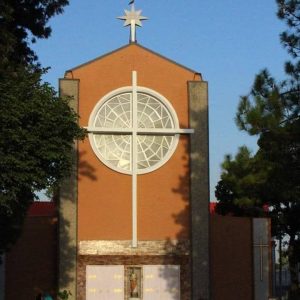
For someone entering the bazaar for the first time, it would be quite an amazing experience. It seems as if the streets and the turns of the market make it alive, and the kaleidoscopic nature of the shops makes us think as if it’s breathing. The aroma of freshly fried samosas always lingering in the air often gets mixed with the scent of old, dusty books from their stores. Each store itself contains numerous old books that have been passed down from one generation to another. Meanwhile, the conversations in the background stay non-stop, implying that perhaps it’s the very music that nature has imparted in the bazaar. Moreover, one simple man, the Chai-Wala Pathan sitting at the Quetta Hotel, knows the faces better than names and speaks of grand politics, while conversations about various topics are carried out on the streets. Rumours and stories catch wind fast and travel from one end of the market to another. Within the heart of the bazaar lies its greatest treasure: generational businesses where the vendors pride themselves over their goods as a father proudly looks at his son. These are the hand-crafted trinkets and shoes, sometimes shops of watches and perfume, often having the famous attar on their shelves. But above all, the archives of ghazals and Islamic Sufism held by the bookshops speak of mysticism and spirituality. Each man living within is an organ of the bazaar, as important as the heart to a man.
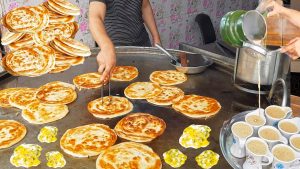
Even with the ever-changing world we live in, there are still sentries of the past that watch over us as we venture through the streets. Churches and Hindu temples line the place and still hold celebrations to date. The St Joseph Church is the centre of the Catholic Christians of the area. The Valmiki Temple in the region is a centre of Hindu gatherings. Another landmark in the region is the Ayub Hall of NUST, which is remembered for hosting the third National Assembly Session of Pakistan in 1962. All the while, the streets are bordered with military buildings that often make us wonder about the lives of the soldiers who had come there to serve the Crown. Now the Pakistan Army resides in the same place, proudly being the successors and undoubtedly the better of the two.
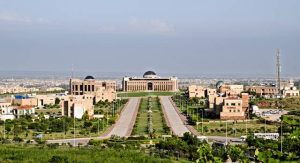
For a local, Lalkurti, starting from its name to its architecture, culture, and surroundings, is an identity. The market has suffered invasions, independence, and modernisation. As the local sits and sips tea at a local dhaba at night, his thoughts often drift to the stories of the walls. Would they be of resilience or nostalgia? In the long night that follows, as the vendors shut down the stores, the man still wonders about the dual nature of the place—its everlasting contact with the past and its traversal to the future. It often leads to the same conclusion that many before have come to: that perhaps Lalkurti never truly lets go of those who visit it. It captures a part of them and keeps it safe in its winds. It refuses to abide by time and thus forces time to abide by its rules. Each wish and plea of its visitor lingers long. So perhaps one day when he returns, he might find that Lalkurti hasn’t changed one bit over the years—but that he, on the other hand, has.






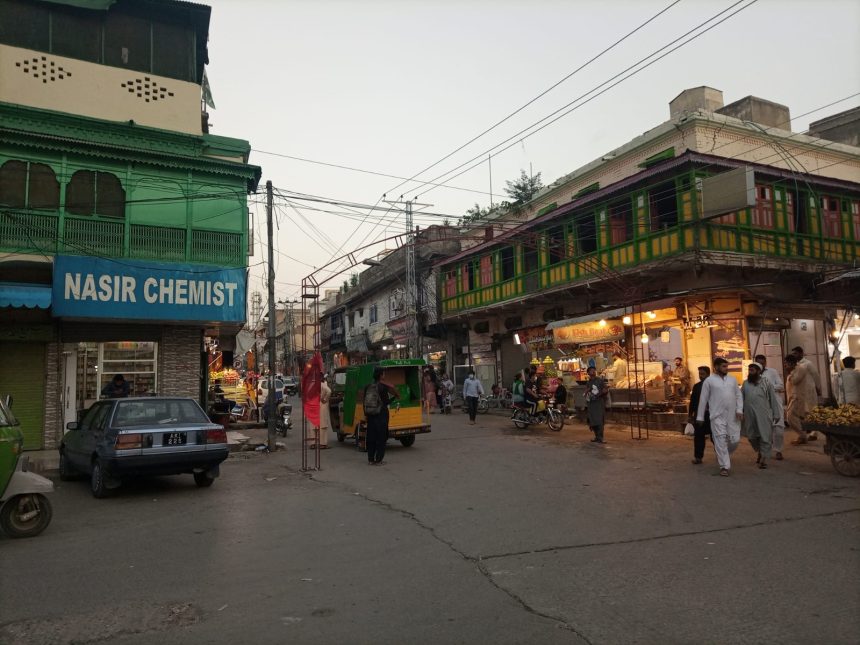

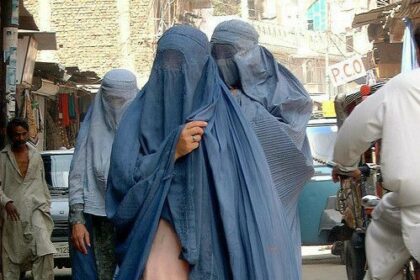

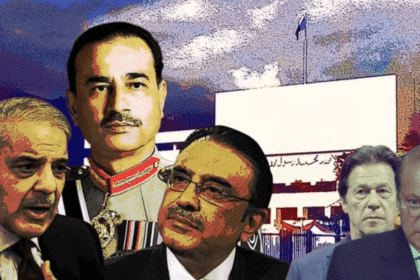
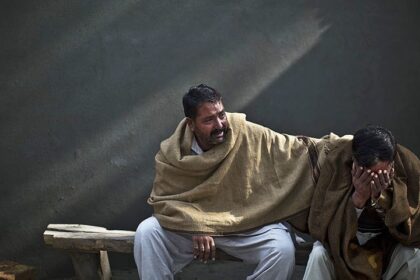
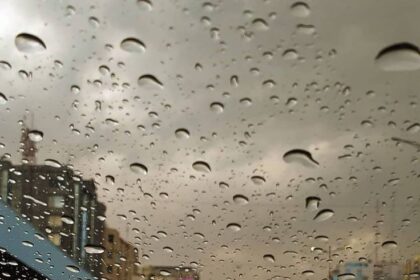




Love you and buck up faique